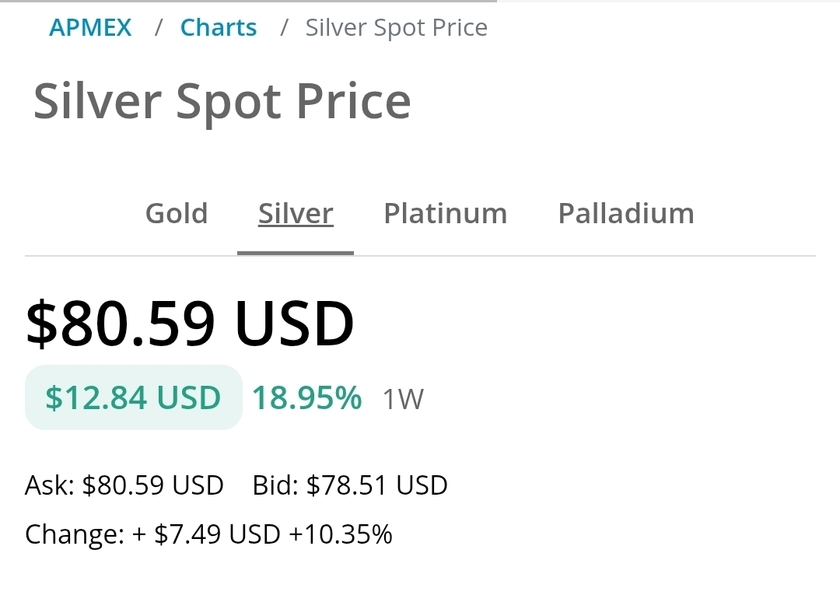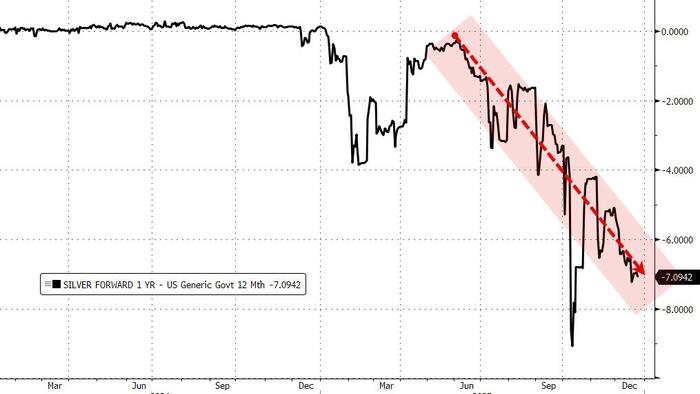As you may be aware, Syntropy recently announced the halt of its Validator program on Amber Chain, which was based on Substrate. After careful consideration and thorough evaluation, we have decided to switch from the Polkadot ecosystem to the Cosmos ecosystem.
Our development team faced multiple challenges when building with the Substrate framework, which is used to build chains within the Polkadot ecosystem. It ultimately did not meet our specific needs and requirements. We experienced repeated stability issues with our public testnet, and developing business logic for our decentralized application was difficult and time-consuming.
The Syntropy team has spent considerable time researching various blockchain ecosystems and frameworks and ultimately decided that the Cosmos blockchain is the best fit for our use cases. The Cosmos ecosystem offers a solid and active community of developers and users who can provide support and guidance as we continue to develop and improve our products.
As members of the Cosmos community may not be familiar with Syntropy, I would like to introduce ourselves.
What is Syntropy?
While many Web3 projects focus on building decentralized applications, Syntropy is working towards a broader vision of decentralized Internet. Our patented Distributed Autonomous Routing Protocol (DARP) forms the backbone of the Syntropy Network, connecting all nodes, computers, and servers into a decentralized global network with built-in encryption and smart-routing capabilities.
Permissionless access to the Syntropy Network ensures an equal and level playing field for all network providers and users, regardless of their background. The decentralized network of nodes powering the network also enables secure and immutable tokenization of bandwidth through the Open Bandwidth Exchange (OBX). On the supply side, our infrastructure partners PCCW Global and Zenlayer tokenize and sell their excess bandwidth. On the demand side, Syntropy Network users such as Entain can access optimized bandwidth thanks to DARP, which runs on our partner infrastructure.
Our protocol and software allow users to contribute to the Syntropy ecosystem. Network engineers are encouraged to maintain and contribute to DARP, while developers can use Syntropy Stack to build applications and integrations that they can offer as a service.
The value created by these technologies and concepts is captured by our native $NOIA token, which represents the unit of value derived from an Internet relay and its intrinsic value within the Syntropy ecosystem. This enables the creation of a decentralized economy supported by tens of thousands of community members running node infrastructure, with all connections and data sent through any device accounted for in tokens.
Now that we are on the same page, let’s dive deeper into our decision to switch to Cosmos.
Why Cosmos?
The Cosmos ecosystem has a proven track record of being used in production environments, with over 250 projects currently running within it. Cosmos offers a simplified dApp development experience, allowing developers to use the programming language they are already proficient in. In our case, this means that our developers, who are proficient in Golang, will be able to quickly deploy our dApps into production.

Also, Cosmos allows the creation of specialized chains optimized for running a single, custom-made application. This qualifies us to have greater control over the governance of our chain, resulting in a better user experience for our community and prospective users.
The interoperability and facilitated scalability offered by the Cosmos ecosystem are also significant advantages. It allows for interconnections with other chains within the ecosystem and is working on attaching other ecosystems to its “Internet of Blockchains”. Its design makes it easy to scale the number of transactions horizontally by spinning up multiple side chains, allowing for infinite scalability if needed.
That said, we are confident that switching to the Cosmos ecosystem will provide a more stable and reliable platform for our products. This is a significant step for Syntropy and a giant leap forward for the wider Web3 community.
A Personal Note
I am excited about the potential of switching to the Cosmos ecosystem. The Cosmos network is a highly scalable and interoperable blockchain platform, which makes it ideal for powering decentralized applications. One of the key advantages of using Cosmos is that it allows our team to easily integrate with other blockchain networks and protocols, which is critical for enabling our products to interact with the broader decentralized ecosystem. This interoperability is essential for allowing the kind of seamless user experiences that are required to drive mainstream adoption of blockchain-based applications. By leveraging the power of Cosmos, we will unlock the full potential of blockchain technology and drive the adoption of decentralized solutions across a wide range of use cases.




























